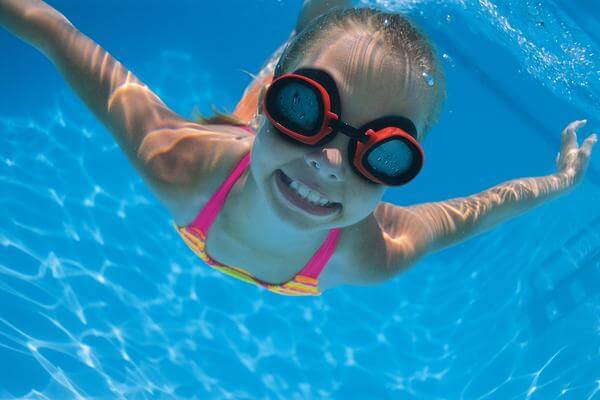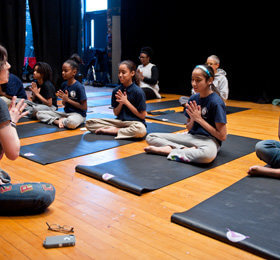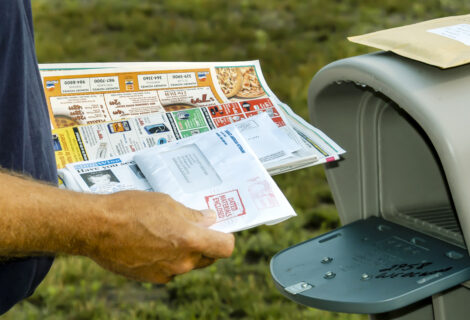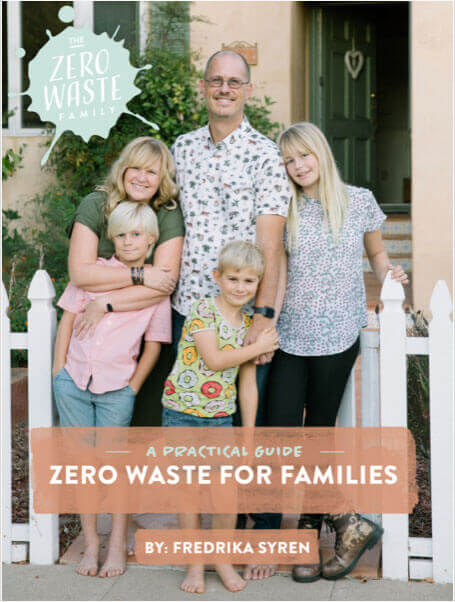During the dog days of summer, all we want to do is cool off. For many of us, this means going to the beach, or a backyard or community pool for some swimming in a cool body of water. The American Red Cross has some very helpful information on their website for those concerned about swimming safety.
Children have the highest risk of drowning. Even though 8 in 10 drownings happen to people over age 14, young children aged one to four have the highest rates of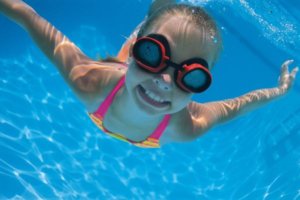 drowning, according to the Centers for Disease Control and Prevention (CDC). In that age group, nearly one in three accidental deaths comes from drowning. For every death by drowning in those aged 14 and under, there are four visits to emergency rooms for near-drownings, which can result in lifelong injury, including permanent brain damage.
drowning, according to the Centers for Disease Control and Prevention (CDC). In that age group, nearly one in three accidental deaths comes from drowning. For every death by drowning in those aged 14 and under, there are four visits to emergency rooms for near-drownings, which can result in lifelong injury, including permanent brain damage.
Read on for some tips about how to stay safe and have fun while at the beach or a swimming pool:
Beach Safety:
Going out on the water? Wear a life jacket. Whether it’s a quick canoe paddle around a still lake, jetting around on a jet ski, or taking a motor boat out for the day, WEAR IT. Remember, life jackets save lives. Statistics show that 90% of those who drowned in boating accidents were not wearing life jackets. By the way, inflatable or foam toys are not acceptable substitutes for a U.S. Coast Guard-approved life vest.
Avoid alcohol. Most drownings in older teens and adults age 15 or over happen away from home in natural settings such as lakes, rivers and oceans. According to the CDC, alcohol played a role in nearly one-half of the drownings in this age group.
Before swimming, ask lifeguards about water quality testing at your local beach. Avoid swimming for at least 24 to 48 hours after heavy rains, which wash harmful contaminants, chemicals and bacteria from land and sewers into the ocean. Don’t swim near obvious sources of pollution like discharge pipes.
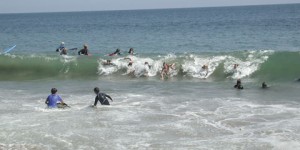 Also ask lifeguards about rip currents. If you are caught in a rip current, stay calm and don’t fight the current. Swim parallel to the shore until you are out of the current. Once you are free, turn and swim toward shore. If you can’t make it to the shore, float or tread water, and draw attention to yourself by waving and calling for help. Stay at least 100 feet away from piers and jetties, as permanent rip currents often exist near these structures.
Also ask lifeguards about rip currents. If you are caught in a rip current, stay calm and don’t fight the current. Swim parallel to the shore until you are out of the current. Once you are free, turn and swim toward shore. If you can’t make it to the shore, float or tread water, and draw attention to yourself by waving and calling for help. Stay at least 100 feet away from piers and jetties, as permanent rip currents often exist near these structures.
If someone in the water is in trouble, get help from a lifeguard. If a lifeguard is not available, have someone call 9-1-1. Throw the victim something that floats, like a lifejacket, cooler, or inflatable ball, and yell instructions on how to escape the rip current.
Keep an especially close eye on young children or the elderly, as wave action can easily cause a loss of footing.
Swim where there’s a lifeguard whenever possible, and swim with a buddy — never alone.
Pool Safety:
Over 200 young children drown in backyard swimming pools each year. Your pool should be fenced on all four sides with a self-closing, self-latching gate, reducing the risk of drowning from unsupervised swimming by more than 80%. Place a safety cover on pools or hot tubs when not in use and remove any ladders o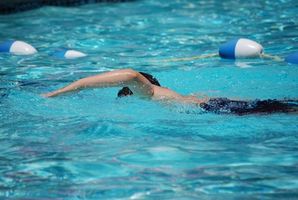 r steps used for access. Consider installing a pool alarm that goes off if anyone enters the pool.
r steps used for access. Consider installing a pool alarm that goes off if anyone enters the pool.
Enroll your children in swimming lessons at an early age. Risk of drowning is decreased by nearly 90% when children aged one to four receive formal swimming lessons. Adults, too, can benefit from refresher courses. Remember that adult supervision of young swimmers is still essential even if they’ve had swimming lessons. Have young or inexperienced swimmers wear a U.S. Coast Guard-approved life jacket.
Whenever young children are swimming, an adult who knows how to perform child CPR should be supervising at all times. That supervisor should not be distracted or occupied in any other way.
Establish and enforce rules and safe behaviors such as “no diving,” “stay away from drain covers,” “swim with a buddy” and “walk, please.”
After supervised swimming is finished, clear the area of pool toys to remove the temptation for children to return to the pool unsupervised. Most drowning deaths among young children happen when adults are nearby but a child visits the pool alone.
Keep your pool or hot tub water clean and clear. Maintain proper chemical levels, circulation and filtration. Regularly test and adjust the chemical levels to minimize the risk of asthma, ear infections, skin rashes, or other serious conditions. Store pool chemicals in a separate, dry place away from heat or direct sunlight. Never mix chemicals. Or consider a natural swimming pool, which manages disinfection without the use of harsh chemicals.
Remembering to practice swim safety at all times ensures that you and your family can enjoy summer’s best activities without risk of danger. Stay cool out there, and have FUN!


